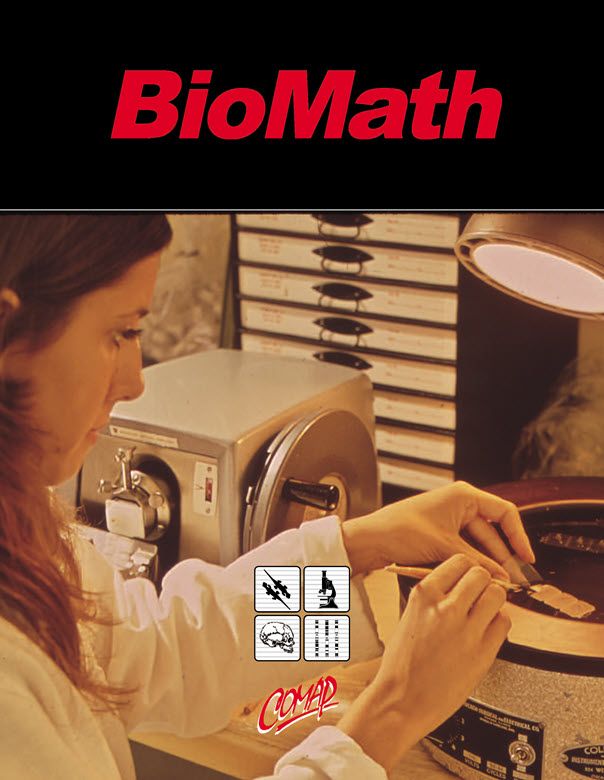Drawing Lines : Spatial Arrangements of Biological Phenomena (Student)
Author: Published by COMAP, Inc. in conjunction with DIMACS, Rutgers University.
What is the BioMath Connection (BMC) Project?
BMC was a pioneering project linking biology and mathematics in the high schools. It provided an opportunity for high school teachers, writers, researchers, and others to get in on the ground floor of developing innovative classroom materials. The materials consist of 20 modules that can be flexibly adapted for use in a variety of courses at a variety of grade levels in both biology and mathematics. The project was run by DIMACS at Rutgers University in collaboration with the Consortium for Mathematics and its Applications (COMAP) and Colorado State University (CSU).
One of the fundamental needs of any organism is space in which to exist. Depending on how organisms engage in vital activities, such as finding shelter, foraging for food, courtship, and reproduction, the spatial needs of different species can vary and interact. Some animals range over many hundreds of square miles while foraging, while others never leave the small pond in which they were born. Many animals, regardless of their sizes or the scale of their habitats, are very territorial. These territories can be formed both within and between species. In addition, there are many other scales at which the biological organization of space is important. For example, at the cellular level, some cells interact with their neighboring cells, and at the ecosystem level all of the plants that comprise a forest together structure the space in which they grow.
The organization of space, at scales ranging from microns to kilometers, both affects and is affected by various biological phenomena. Similar spatial patterns arise in widely diverse biological contexts at very different scales. This unit examines a single underlying principle governing the partitioning of a space in a wide range of biological contexts. In the unit, we will come to understand how the minimization of energy expenditure results in a widely applicable "nearest-neighbor" dynamic. Considering nearest-neighbors helps us model and understand biological phenomena with Voronoi diagrams. Creating mathematical models based on Voronoi diagrams helps biologists understand and interpret many different biological phenomena. We will examine the use of these diagrams in one of several different contexts.
Thinking critically about how space is used and partitioned enables us, to ask and answer significant questions that depend more on common sense than on advanced biological and mathematical ideas.
Topics
Biology: Ecology, to include habitats and biological organization of space.
Mathematics: Geometry, to include polygons and concept of perpendicular bisectors, and creating mathematical models based on Voronoi diagrams.
Prerequisites
Biology: Students need an understanding of basic animal needs, the notion of territorialism, what a cell is, and a readiness to critically examine the implications of difference uses of space.
Mathematics: Students need a basic understanding of basic algebra and geometry, of how to calculate averages, and a readiness to work with coordinate geometry; in particular the concept of perpendicular bisectors and equations for them will be developed in some detail.
Length
This unit consists of 5 lessons and an assessment. It will take 5 to 7 class periods (45 minutes each) if the majority of work is done during class.

Mathematics Topics:
Application Areas:
Prerequisites:
You must have one of our Free Memberships or a paid Full Membership to download this resource.
If you're already a member, login here.